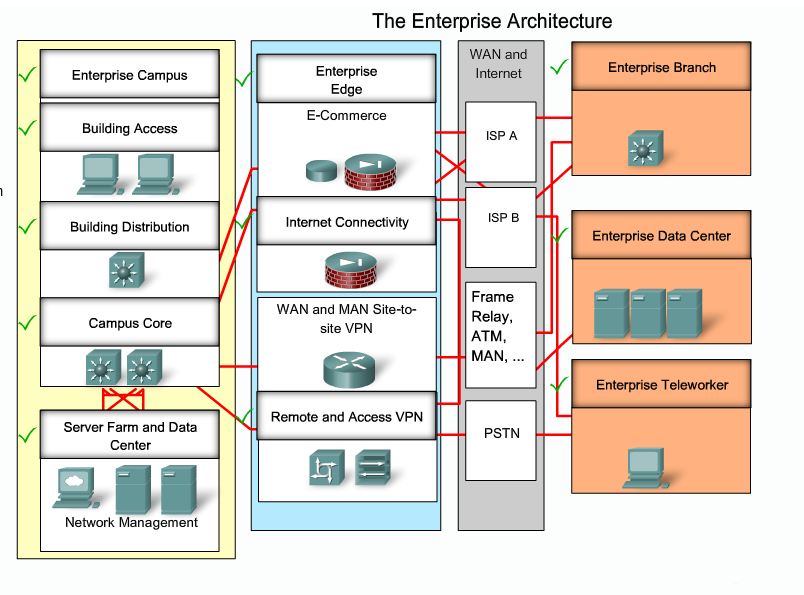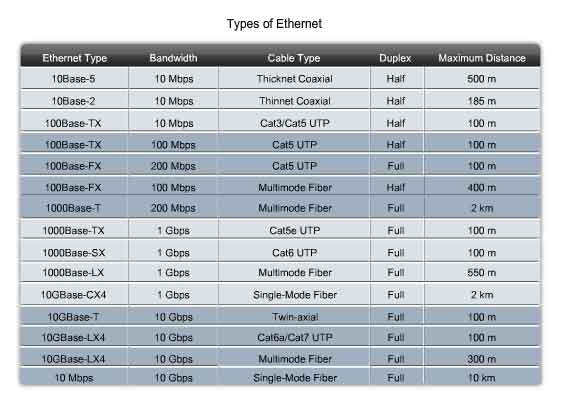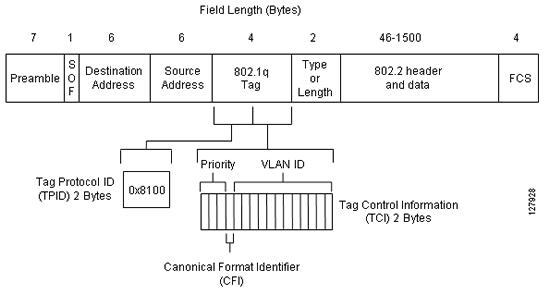LAN Media: by IEEE 802.3
LAN Hardware:
Repeaters, HUB, Bridge, Switch, Router, L3 Switch.
A repeater is an electronic device that
receives a signal and retransmits it at a
higher level and/or higher power, or onto the other side of an obstruction, so
that the signal can cover longer distances.
An Ethernet hub, active hub, network hub, repeater hub or hub is a device for connecting multiple Ethernet devices
together and making them act as a single network
segment. A hub works at the physical
layer (layer 1) of the OSI model. The device is a form of multiport repeater. Repeater hubs also participate in collision
detection, forwarding a jam signal to all ports if it detects a
collision. The difference is that hubs have more ports than basic
repeaters.
A network bridge connects multiple network
segments at the data link
layer (Layer 2) of the OSI model. In Ethernet
networks, the term bridge formally means a device that behaves
according to the IEEE 802.1D standard. A bridge and a switch are very much alike; a switch being a bridge
with numerous ports. Switch or Layer 2 switch is often used
interchangeably with bridge.
A router is a device that forwards data packets between computer
networks, creating an overlay internetwork. A router is
connected to two or more data lines from different networks. When a data packet
comes in on one of the lines, the router reads the address information in the
packet to determine its ultimate destination. Then, using information in its routing table or
routing, it directs the packet to the next network on its journey. Routers
perform the "traffic directing" functions on the Internet. A data packet is
typically forwarded from one router to another through the networks that
constitute the internetwork until it gets to its destination node.
Within the confines of the Ethernet physical layer, a layer
3 switch can perform some or all of the functions normally performed by a
router. The most common layer-3 capability is awareness of IP multicast through IGMP snooping.
Inter-Switch Link and IEEE 802.1Q Frame Format:
RPVST+
CGMP
IGMP Snooping




No comments:
Post a Comment